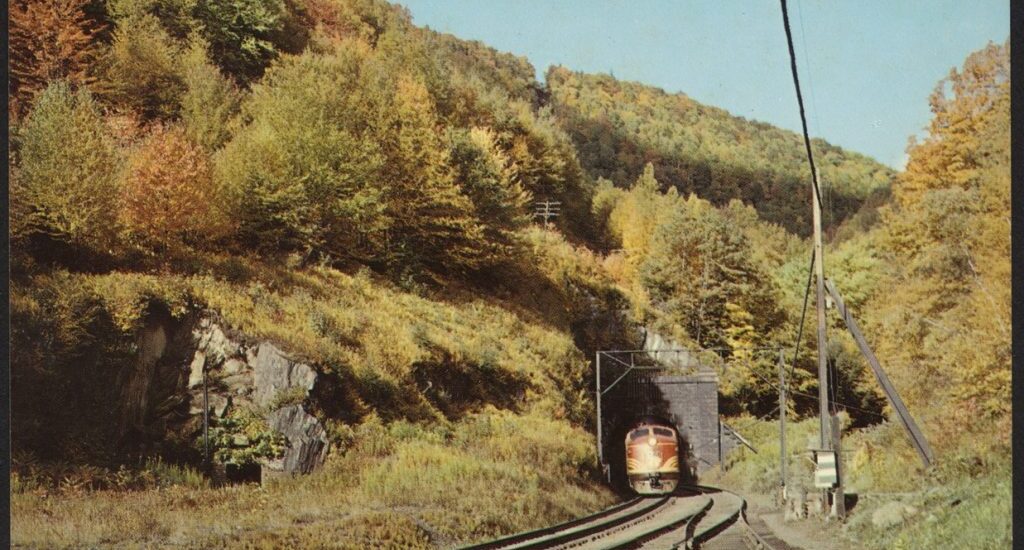Welcome to the Hoosac Tunnel East Test Portal, a remarkable site in the annals of American engineering. Situated in the rolling Berkshire Hills of Massachusetts, this location marks the eastern entrance to the historic Hoosac Tunnel—a marvel of 19th-century technology and persistence. The journey to construct this tunnel began in 1851 and spanned 24 years, concluding in 1875. The undertaking was fraught with challenges, from the laborious rock-tunneling techniques of the era to financial and political obstacles. Despite these setbacks, the tunnel was completed under the guidance of several key figures, including Herman Haupt, Thomas Doane, and the Canadian engineers Walter and Francis Shanly.
The Hoosac Tunnel was envisioned as a vital rail connection between Boston and upper New York state, a strategic link that would enhance trade and travel in the region. It was initially proposed in 1819 as a canal project but later transformed into a rail tunnel under the auspices of the Troy and Greenfield Railroad. One of its most ardent supporters was Alvah Crocker, a paper mill owner from Fitchburg, Massachusetts, who played a crucial role in reviving the project after initial failures and financial difficulties.
A significant turning point in the tunnel’s construction was the introduction of nitroglycerin as a blasting agent, a first in civil engineering, which was implemented by resident engineer Thomas Doane. This innovation, along with the development of compressed-air drilling machinery, greatly accelerated the excavation process and paved the way for the American pneumatic tool industry.
Upon its completion, the Hoosac Tunnel was the second-longest tunnel in the world and the longest in North America until 1916. Its completion marked a triumph of engineering and perseverance, earning it recognition as a Historic Civil Engineering Landmark by the American Society of Civil Engineers in 1975.
Today, as you stand at the East Test Portal, you can reflect on this monumental achievement in American engineering and the indomitable spirit of the pioneers who made it possible.






